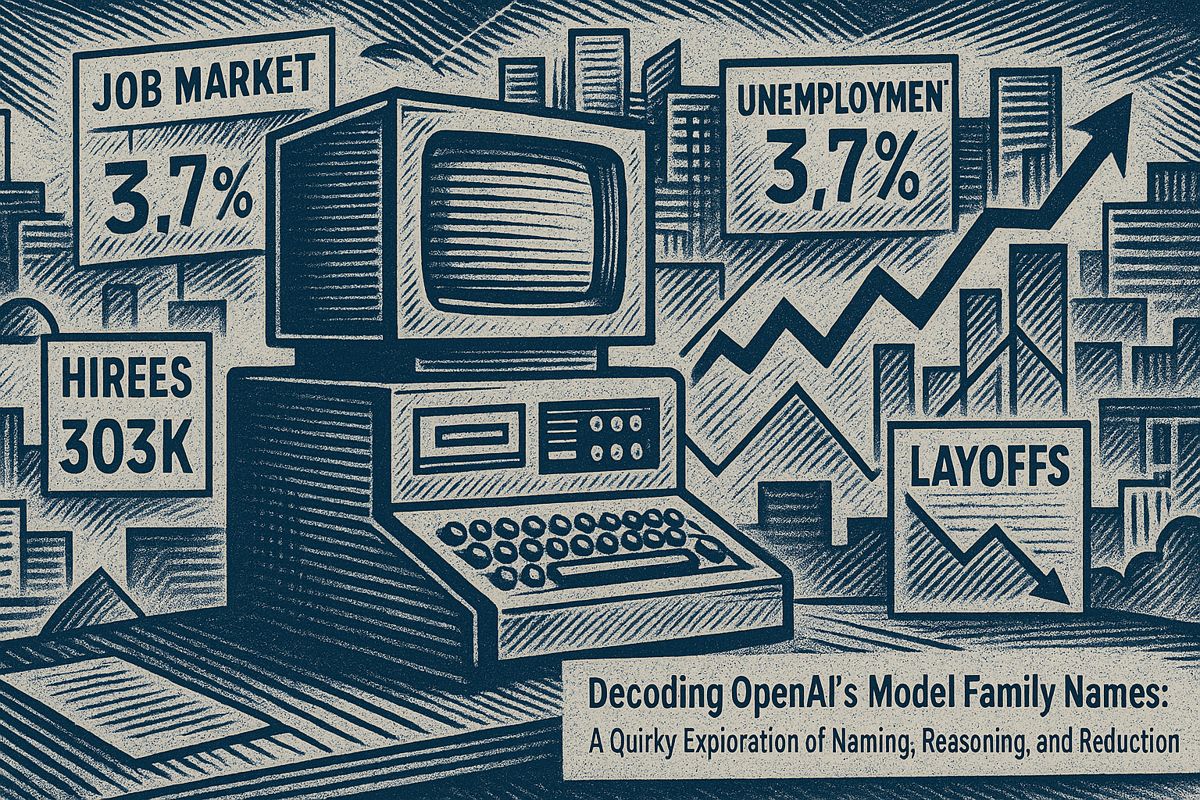Sanofi is transforming biopharma by putting their CEO, Paul Hudson, in charge of using AI to speed up drug discovery and make work smoother for scientists. By using easy AI tools and strong partnerships like OpenAI, they cut early research time in half and saved €350 million. Most Sanofi scientists now use AI daily to predict results and write reports faster. The company’s AI use is watched closely for safety and fairness, and Hudson makes sure everyone is involved by sharing updates directly with thousands of employees. Sanofi stands out from other drug companies by having their top leader drive AI change, making them a leader in the field.
How is Sanofi transforming biopharma with CEO-led enterprise AI?
Sanofi’s CEO-led AI transformation accelerates drug discovery by integrating AI across operations, with CEO Paul Hudson directly overseeing initiatives. Key impacts include halving early discovery timelines, empowering scientists with low-code AI tools, and partnering with OpenAI, all while maintaining rigorous model governance and delivering €350 million in cost savings.
Paul Hudson, Chief Executive Officer of Sanofi, is rapidly turning the firm into the industry’s most visible case study on CEO-led artificial-intelligence transformation. Speaking at McKinsey’s 2025 Life-Sciences Forum, Hudson argued that handing AI responsibility to a digital sub-team is “the fastest way to kill its impact.” Instead, he shares weekly war-room style updates with 8 000 employees who now log into the company’s flagship *plai * app every day – a deployment rate that Sanofi data-scientists track as a proxy for cultural buy-in.
Why the top job must own the algorithm
| Traditional delegation model | Hudson’s hands-on model |
|---|---|
| AI projects hidden in R&D IT budgets | Budgets signed off by the CEO in quarterly business reviews |
| Pilots stall at 12–18 weeks | AI milestones tied to executive KPIs |
| Siloed data lakes | Single enterprise data layer reviewed by the C-suite |
Sanofi’s internal metrics show that drug-candidate triage meetings guided by AI recommendations have shortened early discovery phases from an average 38 weeks (2022 baseline) to 19 weeks in 1Q 2025. The system – nicknamed “Expert AI” – has already green-lit three molecules that would have been deprioritised under legacy scoring.
A three-pillar playbook now copied across the sector
-
Expert AI: high-impact scientific heavy-lifters
Example : Generative models screen 10 million virtual molecules per week, flagging 0.3 % for lab validation. -
Snackable AI: low-code dashboards dropped onto every scientist’s laptop
Stat : 72 % of Sanofi researchers now create their own predictive queries without software tickets. -
Generative AI: document drafting and regulatory-bot tools
Result : First-draft clinical-study reports produced 40 % faster than in 2023, freeing 30 medical-writing FTEs for higher-order tasks.
Partnership layer – OpenAI, Formation Bio and beyond
In May 2024 Sanofi became the first biopharma firm to co-develop custom large-language models with OpenAI, using proprietary trial-readout data that remain inside Sanofi firewalls. The collaboration is governed by a joint steering committee where Hudson and OpenAI’s CTO meet every six weeks – another example of C-suite anchoring.
Competitive moat or hype? Industry benchmark snapshot
| Company | AI scope 2025 | Enterprise-wide tool adoption rate* |
|---|---|---|
| Sanofi | Discovery → commercial, single stack | 63 % |
| Novartis | R&D heavy, partnered LLMs | 27 % |
| Roche | “Lab-in-a-loop” focus, GPU clusters | 31 % |
| Johnson & Johnson | Federated pilots across 3 business units | 22 % |
- Rate = weekly active users / total knowledge workforce, sources: Klover.ai, SDG Group.
Hidden risks the CEO still talks about
Hudson is unusually candid on governance. “We test our models like we test vaccines” is the phrase used in internal compliance decks. Independent reviewers from the FDA Law Institute flagged Sanofi’s data-pipeline audits in July 2025 as “best-in-class,” particularly the drift-detection alerts that freeze any model whose performance drops >2 % within 14 days.
2025 financial lens
Sanofi has not released an AI-specific ROI figure, but regulatory filings show €350 m in avoided clinical-trial costs attributed to AI-enabled protocol optimisation across 14 programmes since 2023 – a savings pool that exceeds total 2024 digital-infrastructure spend.
What’s next
Hudson’s calendar for the rest of 2025 lists keynote slots at the World Economic Forum (Davos) and VivaTech – appearances he uses to recruit external data-sharing partners while keeping Sanofi’s brand synonymous with transparent, executive-owned AI. More importantly, every external speaking slot is matched with an internal “reverse town-hall” where field questions from scientists are live-streamed to the CEO’s office – a ritual aimed at ensuring the AI culture never drifts back into departmental silos.
Why does Sanofi insist the CEO – not a CTO or Chief Data Officer – must own the AI agenda?
Sanofi’s Paul Hudson argues that delegating AI leadership creates silos and dilutes urgency. In a 2025 McKinsey interview, he says only the CEO can secure the budgets, cross-functional talent, and cultural focus required for enterprise-wide transformation, not scattered pilots. When the CEO is visibly steering AI, middle managers stop treating it as “another IT project” and start re-thinking workflows end-to-end.
What measurable gains has Sanofi already delivered with AI?
- 25–50 % faster preclinical timelines on selected programs by using generative models to screen and rank millions of compounds in days instead of months (source).
- €1 billion committed to biomanufacturing expansion in France in 2024, justified by AI-driven forecasts that the pipeline will yield more successful candidates (Sanofi release).
- >8,000 employees use the internal “plai” platform daily for tasks ranging from clinical-trial patient matching to supply-chain optimization.
How does Sanofi avoid the “black-box” problem and regulatory pushback?
The company deploys explainable-AI modules alongside its predictive models. Every recommendation – whether to advance a molecule or re-allocate trial sites – must be traceable to the underlying data and assumptions. Sanofi’s regulatory affairs team sits in the same sprint reviews as the data scientists, ensuring documentation meets FDA and EMA expectations from day one (FDA panel note).
Which strategic partnerships amplify Sanofi’s AI edge?
- OpenAI + Formation Bio (2024) – a first-in-class alliance to co-design custom large-language models trained on Sanofi’s proprietary chemical-biology datasets (Pharma Technology report).
- McLaren Racing – collaboration on real-time telemetry and predictive analytics to mimic “pit-lane speed” decision-making in manufacturing environments.
These partnerships give Sanofi exclusive fine-tuned models that competitors cannot simply buy off the shelf, strengthening the competitive moat Hudson frequently cites.
What risks keep Sanofi’s AI ethics board busiest in 2025?
- Dataset bias under-representing diverse populations, potentially leading to unequal drug performance across ethnic groups. An internal audit found that 12 % of legacy genomic datasets lacked African ancestry samples; corrective re-weighting is now mandatory before any model goes live.
- Model drift – AI performance can degrade when patient characteristics evolve faster than retraining cycles. Continuous monitoring dashboards flag any drop in predictive accuracy above a 3 % threshold.
- Informed consent complexity – trial volunteers must understand how their data fuels machine-learning algorithms; Sanofi has rolled out interactive e-consent videos with a comprehension quiz pass rate of 94 %.
Maintaining trust is treated as a board-level KPI, with quarterly public disclosures on algorithmic incidents or corrective actions.
Sources: McKinsey Q2 2025 interview, Sanofi 2024–2025 press releases, FDA guidance July 2025



















